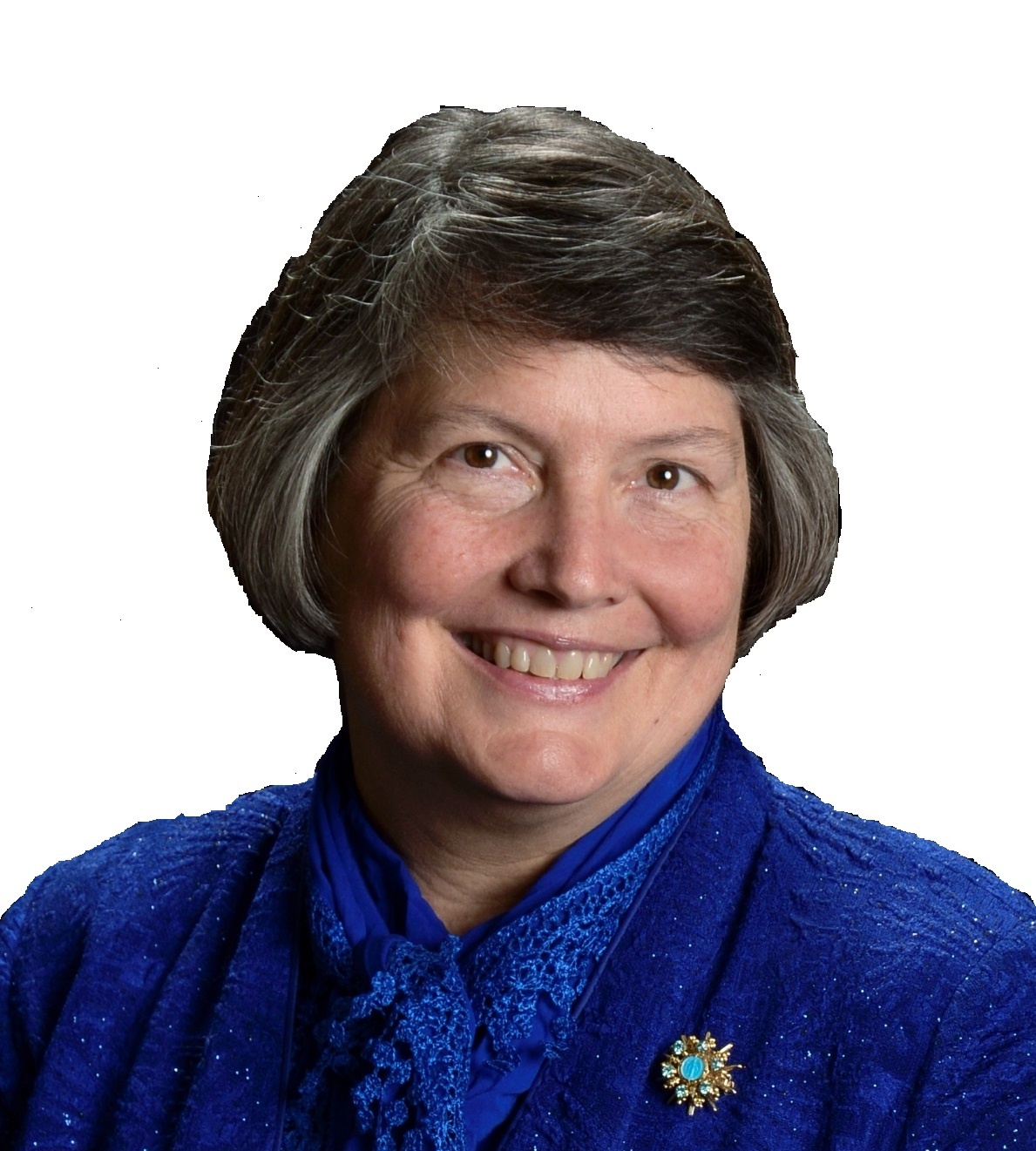About Nurse Saints
NURSE SAINTS website provides a biography and references for nurses declared SAINT, BLESSED, VENERABLE, SERVANT OF GOD AND MARTYR. Below is the history of the beatification and canonization process along with a brief outline of each step. Since nursing licensure did not begin until the early 1900’s, the next is an explanation of how it was determined that an individual was a nurse and therefore should be included on this website and in THE BOOK OF NURSE SAINTS. The DOCUMENT section contains moral and bioethical DOCUMENTS that each nurse should read. The RESOURCES webpage contains a list of organizations for nurses caring for patients and also links to the National Association of Catholic Nurses, U.S.A. (nacn-usa.org) and the International Catholic Committee of Nurses and Medico Social Assistants (ciciams.org). Nurses, who are members of their National Catholic Nurses Associations, are members of CICIAMS. Lastly if you are interested in purchasing THE BOOK OF NURSE SAINTS, there is a link to the book and other publications in SHOP.
…you must be, first of all, and above all, at all costs, pervaded by the spirit of spirituality, of Christianity, of Christian supernaturalness…
Now it is precisely this treasure of Spirituality, of the supernatural that your assistance wishes to give to the sick.
But you also want material, bodily relief; as Our Lord Jesus Christ also did…but above all and above all bring salvation to souls.
His Holiness Pope Pius IX
Nursing: The Apostolate of Charity
August 27, 1935
The History of Beatification and Canonization
Saints are persons who have lived an exemplary life, a life of heroic virtue, or persons who have been recognized as suffering martyrdom for the Christian faith. The early Church did not have an established concept of “saints” or “canonization.” The veneration of deceased Christians developed quite spontaneously, when active persecution of Christians began in the Roman Empire in the first century A.D. Christians buried those martyred for the faith, and then began paying tribute to them on the anniversary of their deaths with annual liturgical commemorations. This began as a local practice for specified saints, but some of the better known ones, like the 3rd century deacon, St. Lawrence, spread to other areas in the Christian world.
Due to concerns about veracity, in 1234, His Holiness Pope Gregory IX issued Decretals, in which he declared that Rome alone had the exclusive right to declare the holiness of a departed member of the faithful and canonize saints. Over 200 years later, in 1588 Pope Sixtus V created the Congregation of Rites which was to conduct the formal beatification and canonization process.
In 1634, Pope Urban forbade any public veneration (cultus) for a purported saint unless the person’s miraculous life and actions were formally recognized by the Holy See through the Congregation of Rites. Additionally, through the decree Caelestis Hierusalem Cives, Pope Urban specifically wrote that the cultus of anyone regarded as a saint would not be licit unless a review proved that he/she had been the object of an immemorial public veneration for at least one hundred years before the publication of the decree.
In 1969, Pope St. Paul VI divided the Congregation of Rites into two separate offices, and the Congregation for the Causes of Saints now has jurisdiction over all beatification and canonization proceedings.
Process of Beatification and Canonization
- Initiation of the Process – Usually 5 years has passed since the death, but this can and has been waived.
- Servant of God – Once a Cause for Beatification and Canonization has been allowed to be initiated, with the approval of the Holy See, the individual is titled “Servant of God” and testimony is gathered about the life and virtue of the person. The diocesan tribunal reviews the volumes of documentation called the Positio and, if approved at the local level, forwards it to the Congregation for the Causes of Saints (CCS).
- Venerable – Once the person’s heroic virtues are recognized by the Holy Father, they receive the title, “Venerable” and may be called either: Venerable Servant of God or simply Venerable.
- Blessed (Beatification) – a miracle attributed to the intercessory power of the individual must be recognized by both the scientific and theological commissions established by the CCS. The final determination is made by the Congregation in Rome and forwarded to the Holy Father for approval. In the case of martyrdom, the miracle may be waived — martyrdom is considered a miracle of grace.
- Saint (Canonization) – a second miracle attributed to the intercessory power of the individual is required for canonization using the same process described above. The Holy Father usually presides over a canonization declaring that the person is with God and is an example for imitation of the faithful of following Christ worthily.
Only those servants of God may be venerated by public cult who have been numbered by ecclesiastical authority among the Saints or the Blessed (Canon 1187). Servants of God who have not yet been canonized or beatified may be venerated in private (Canon 1187 annotation).
What is a nurse? Who is a nurse?
Nurses care for the sick. They treat patient’s response to illness, promote health, educate, conduct research, and serve in administrative roles. They provide care to individuals, families, communities and populations independently and in collaboration with physicians and other health care professionals. Advanced Practice Nurses diagnose and treat illness. Across the world nurse midwives deliver infants and provide women’s healthcare. In fact, the first caesarean section operation performed in Britain and Ireland, was performed in 1738 by an Irish midwife, Mary Donnelly. In the mid-1900’s, my grandmother, a licensed practical nurse, delivered anesthesia for in-office surgical procedures. Today, masters and doctoral prepared Certified Registered Nurse Anesthetists deliver a much more complicated regimen of anesthetics during childbirth, surgical procedures and to treat pain.
According to the International Catholic Committee of Nurses and Medico Assistants (CICIAMS), Catholic nurses promote health, alleviate suffering, prevent illness and promote and defend human dignity. Catholic nurses are concerned for and respect the sacredness of every human life from the moment of conception until natural death.
How was it determined which individuals to include in THE BOOK OF NURSE SAINTS and on the NURSE SAINTS website?
History of Nursing Training
Initially nurses were trained within religious orders, families and on-the-job by another experienced nurse or physician. For instance, St. Marianne Cope learned nursing from the religious sisters who came into her home to care for her ailing father. Religious brothers and sisters established training programs within religious institutions. The two patrons of nurses and nurses associations, declared by Pope Pius IX in 1930, St. John of God (1495-1550) and St. Camillus de Lellis (1550-1614), established orders to care for the sick and trained the brothers and priests within their orders. The Daughters of Charity, established in 1633, were known to provide exceptional nursing care and administration in the hospital in Paris. They had also served in military field stations and hospital since their founding in the 1633’s. Records of these training program may be recorded in the Constitutions of these religious orders which are generally not made public. There exists in the archives of the Daughters of Charity a 1796 Instruction for the Daughters of Charity and other Religious Hospitallers for Care of the Body and the Soul, a 1846 document by Mother Mary Xavier Clark, Instructions on the Care of the Sick and 1898 document by Sister Matilda Coskery, Advices Concerning the Sick. This provides ample evidence that there were excellent training program for nurses maybe even since the time of St. Fabiola who died in 399 A.D. and perhaps even before then.
Though St. Catherine of Siena (1347-1380) was a lay woman and later a third order Dominican, generally, nursing in the 1800’s was not thought of as a respectable profession for the lay woman. Thus, Florence Nightingale’s desire to be a lay nurse was vehemently opposed by her family. Disregarding their concerns, she studied nursing care provided in several religious hospitals, both Protestant and Catholic. She requested and received permission to study under the both the Catholic Daughters of Charity in Paris, France and the Sisters of Mercy in Dublin, Ireland.
Florence Nightingale subsequently provided nursing services during the Crimean War. In 1854 she went with 38 nurses to the military camps of the British soldiers, wrote notes on nursing in 1859, and then in 1860 established “the Nightingale Training School for Nurses,” reportedly, the first such school in the world for lay nurses. She changed nursing into a respectable profession for the lay woman and is known as the founder of modern nursing. Her contributions to the nursing profession are immense and to be commended.
Around this same time the Daughters of Charity had a hospital in Constantinople which Florence visited and continued to correspond with its Matron. The Daughters of Charity and the Sisters of Mercy also served in Crimea, some under Florence Nightingale and, many independent from Florence. The religious sisters sometimes conflicted with Florence Nightingale who was concerned about what she saw as their efforts to convert patients. The nursing sisters’ focus was care of both the body and the soul. In addition to excellent physical and emotional care, the sisters strove to bring Christ to the bedside and bring salvation to souls during a time when many patients died from their wound before the advent of antibiotics.
Around the turn of the century, a couple foundations from the USA traveled about the world establishing nursing training programs for lay nurses in secular university settings. Nurses across the world established nursing programs following Florence’s design and began sharing best practices. Licensure and registration of nurses soon followed at the turn of the 20th century. Subsequently, the titles, “nurse,” “registered nurse,” and “licensed nurse,” were restricted. Hospital based training programs, like the two established by St. Francis Cabrini, the first U.S. citizen to the canonized, were slowly phased out in favor of college and university based programs.
To include or not to include
Prior to college and university education and licensure of nurses, the easiest way to determine if an individual was a nurse, was if the individual was specifically called a nurse or noted for providing nursing care. For example, St. Fabiola (d. 399), who established the first hospital in Rome, was recognized by St. Jerome in his Letter to Oceanus as providing nursing care, “She was the first person to found a hospital, into which she might gather sufferers out of the streets, and where she might nurse the unfortunate victims of sickness and want…”
If an individual was described as doing the duties of a nurse in a hospital, home or community and/or serving as an infirmarian, they are included. Some provided nursing care for a short period. For example St. Bernadette of Lourdes provided care and was in charge of the infirmary at the Mother House in Nevers. She also spent considerable time as a patient there. Many who served as nurses, were later appointed to other roles such as the Superior General of their order or to work in another field (e.g. teaching vocational life skills). Others dedicated their life to the care of the sick, established hospices-hospitals and started schools of nursing. The first canonized saint in several countries is a nurse: Canada, Mexico, USA, to name a few.
If a nurse, expanded their scope of practice to include minor surgical procedures, they were still considered a nurse. Today, they might be called a nurse practitioner or an advance practice nurse. However, if the saint was trained by a barber surgeon, such as St. Martin de Porres, they were considered to be trained as a physician-surgeon and were therefore not included.
Ten nurses from the Congregation of St. Elizabeth, founded by Blessed Maria Luisa Merkert (1817-1872) to nurse cholera and typhus patients and who take a fourth vow “to assist the sick and most needy”, were all included. These ten represent the hundreds of religious sisters from the Congregation martyred in east bloc countries during the Soviet occupation. Their individual histories were very short though three specifically listed their nursing duties. Here I erred on the side of including all ten.
Organization of the Nurses
Traditionally a text on saints is usually ordered by the saint’s Memorial day. The nurses who have been canonized or beatified have memorial days which are usually the date of their birth into eternal life (bodily death), but not always. For instance, Blessed Hanna Chrzanowska, RN, the first lay Catholic registered nurse to be beatified, died on April 29, 1973. However, her Feast/Memorial Day is April 28th. This is because the great patron saint of Europe and Doctor of the Church, St. Catherine of Siena’s feast day is April 29th. Those who have the title Venerable, Servant of God and Martyrs do not yet have an assigned memorial day. Therefore, on the NURSE SAINTS website, the nurses are ordered alphabetically. In THE BOOK OF NURSE SAINTS, individuals are ordered by the year of their birth except for several groups of martyrs, who are listed by the year of their death.
The plan, for the NURSE SAINTS website and THE BOOK OF NURSE SAINTS, is to include all nurses who have been canonized (Saint), beatified (Blessed), declared Venerable, Servant of God or Martyred. Some may have inadvertently been omitted. Please assist this effort by sending the name of any who have been omitted.
Logo
The logo is 3 roses, red, yellow and white with the website title, “Nurse Saints” adjacent.
The Red Rose is for Christ, the blood of Christ. The Yellow Rose is for the work of saints, Charity and the Holy Spirit. The white rose is for God the Father, also for the glory of God shown forth when nurses share the love of Christ with others. Three roses were specifically chosen to symbolize the Holy Trinity: Father, Son and Holy Spirit.
In His address to 2000 nurses assembled at Castel Gandolfo on August 27, 1935 for the II World Congress of Catholic Nurses, His Holiness Pope Pius IX made four recommendations to the nurses. The third recommendation was, “Fraternal Mutual Help,” a union of not just external activity but one of thought, feelings and prayer, a deep union similar to that of the Divine Persons in divine unity. Catholic nurses should have this unity. Nurse saints, all saints, are united with the Trinity, with God. May it be so for each one of us.
My husband Alan took this picture of these roses, a symbol of love. In 2025 we are married 41 years. Red is Alan’s favorite. Yellow is my favorite color. And from that love came 3 children and 3 grandchildren.
In the twilight of our life, God will not judge us on our earthly possessions and human success, but rather, on how much we have loved.
St. John of God (1495-1550)
Patron of Nurses and Nurses Associations
Cover Photo
Saints bring light to the world, the light of Christ. Saints are like the grain of wheat that falls to the earth and dies (to self) and bears fruit (John 12:24). At harvest time this wheat is separated from the weeds gathered by our Savior, Jesus Christ, unto eternal life (Matthew 13:30).
May God enrich your life as you learn about the lives of these nurses who have helped manifest God’s Kingdom here on earth. May we follow their example.
Diana Ruzicka, MSN, MA, MA, RN
(Nursing Administration & Oncology, Strategic Studies, & Theology; Registered Nurse)
The Lord prayed the night before He died, “That they may all be one. As you, Father, are in Me and I am in You, may they also be one in Us… so that the world may know that you have sent me.
– John 17:21


